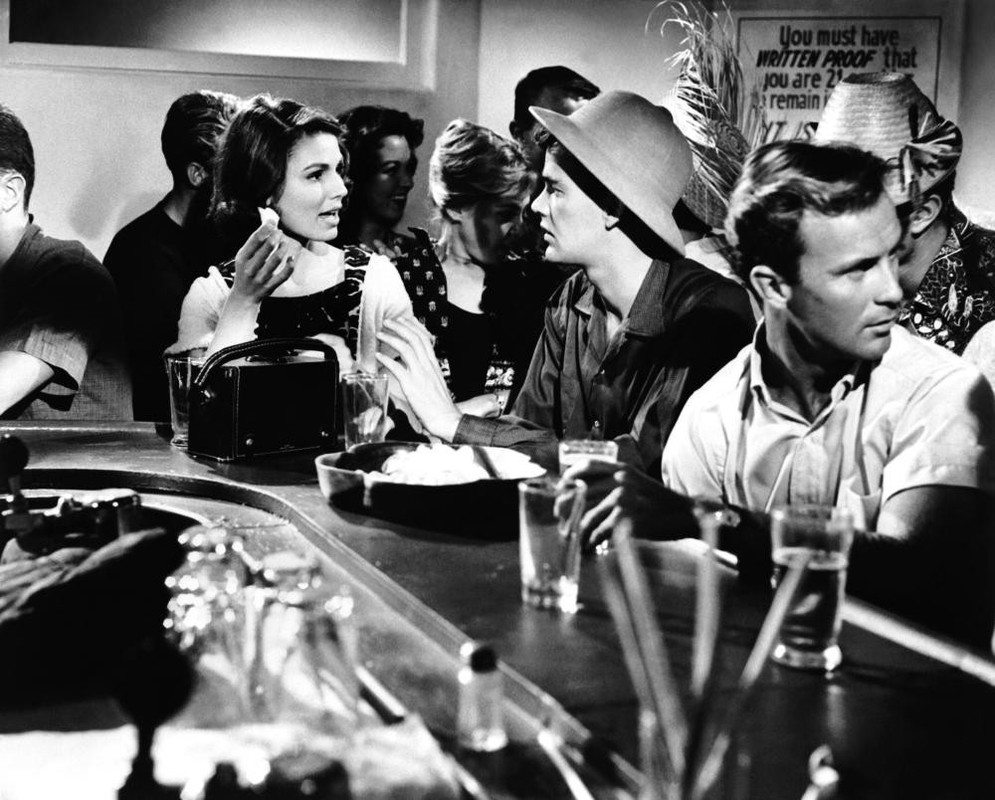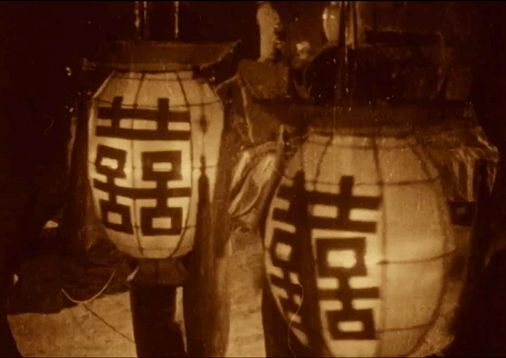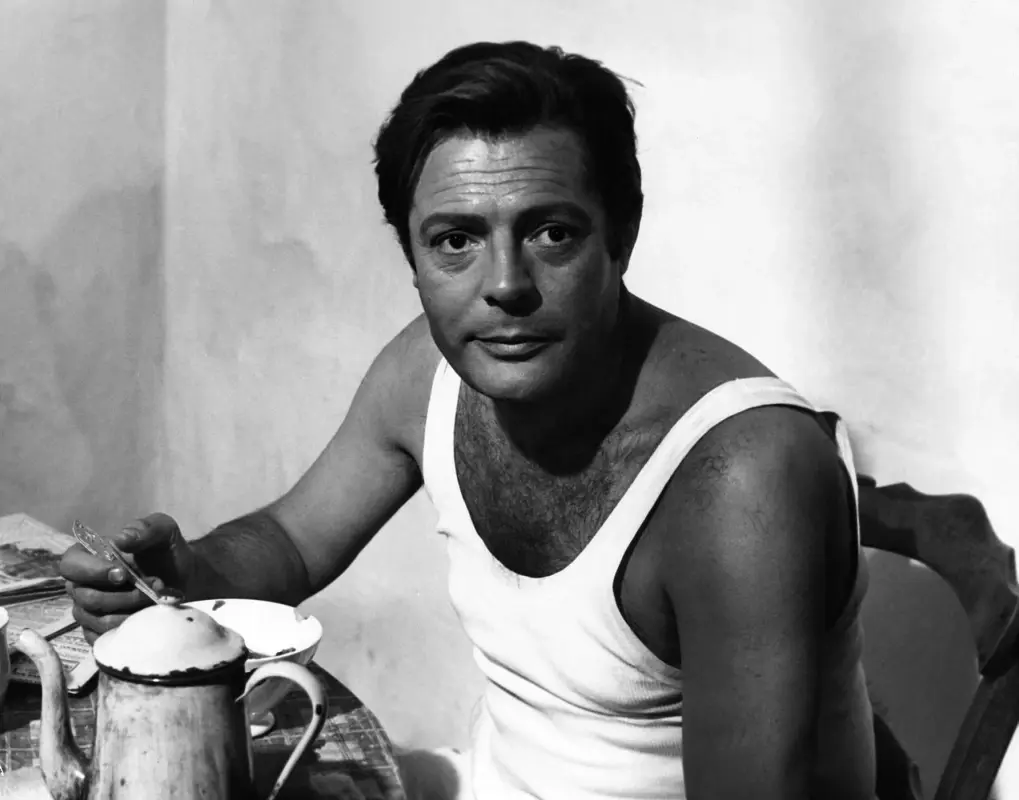“The boys come to soak up the sun, and a few carloads of beer. The girls come, very simply, because this is where the boys are.”Where the Boys Are (Henry Levin, 1960)
Jul
21
Legal Drinking Age Day

While chatting up TV Thompson (Jim Hutton), Tuggle Carpenter (Paula Prentiss) presents a fake ID to prove that with her “25” years of age she's old enough to drink. The ID also states that despite her 5'10” (1,78m) frame, she's a petite 5'2” (1,57m). DP: Robert J. Bronner.
Where the Boys Are is chock-full of characters whose names appear to be straight space-travel-lifted from various #JohnWaters' movies: Tuggle Carpenter! TV Thompson! Lola Fandango! Dr. Raunch for Chrissakes!
– narrator
We follow four female midwestern college students on #SpringBreak in Fort Lauderdale. Their objective is boys boys boys (and an even tan) and nothing, including being too young to drink, can stop them. This was one of the first post-Hayes Hollywood movies to address teenage sex yet despite all the innuendo (“What's your shoe size?” “13.” “Get in the car!”), it's all pretty clean. But without these girls, there wouldn't be any Dawn Davenport. And that would've ruined everybody's Christmas.
bookadaptation
Ikarie XB 1 [Icarus XB 1] (Jindřich Polák, 1963)
Jul
20
Space Exploration Day

Two astronauts weightlessly pushing themselves through a round airlock. Their suits are eerily similar to the ones seen in Kubrick's 2001: A Space Odyssey (1968). DP: Jan Kališ.
Both anticapitalist and pre-Stanley space odyssey. Based on Stanislaw Lem's Obłok Magellana [The Magellanic Cloud] (1955).
刺青 [Irezumi / The Tattoo] (Yasuzō Masumura, 1966)
Jul
18

Otsuya (Ayako Wakao) and one of her samurai clients share sake and a small meal. Beautifully framed by cinematographer Kazuo Miyagawa there's all we need to see – Otsuya's facial expressions and the fiery, protective 籠目 (kagome, litt. eye) pattern – with not much more on display. DP: Kazuo Miyagawa.
刺青 [Irezumi] (Yasuzō Masumura, 1966)
Jul
17
National Tattoo Day

Seikichi tattooing (the correct term for the act-of is tebori) the 絡新婦 / じょろうぐも [jorōgumo, litt. “entangling bride”] on Otsuya's back. DP: Kazuo Miyagawa.
Otsuya's (Ayako Wakao) is forced into #prostitution and marked with a large spider tattoo. As the figure slowly takes shape under horishi Seikichi's skilled hands, Otsuya too transforms.
“Today is our Queen's wedding day, let us drink it up!”盘丝洞 [Pan si dong / The Cave of the Silken Web] (Dan Duyu, 1927)
Jul
14
Pandemonium Day

Pandemonium happening, with Tang Sanzang as its object of desire (gif via. DP: Ganting Dan.
Dan Duyu's 盘丝洞 is, in its most literal sense, a fantastic silent interpretation of Wu Cheng'en's 西遊記 / Journey to the West. Monk Tang Sanzang (Meikang Jiang) finds himself trapped in a cave with seven beautiful sisters. Two of Tang Sanzang's faithful disciples, Sun Wukong (the Monkey King) and Zhu Bajie (Pigsy: half man, half pig), need to save him before one of the sisters takes the celibate monk as her husband. What follows is a vigorous display of #wuxia, horror, monkey shenanigans, and – during the pandemonium unfolding in the final act – a small glimpse into the vast pantheon of China's gods and demons.
Note that some of the reels are still missing, and the English translation I found is subjective at best, so have a translation app at the ready. Nevertheless, take a moment to dim the lights, and accompany Tang Sanzang, the Monkey King, and Pigsy on their pilgrimage. Even if only for a little while.
“It isn't Jesus. It's just a fella.”Whistle Down the Wind (Bryan Forbes, 1961)
Jul
9
white bread

A child grabs a thick slice of white bread while the cutlery on her plate indicates she's finished eating. DP: Arthur Ibbetson.
– Charlie Bostock
“Good night, Gentle Jesus. Sleep well.”Whistle Down the Wind (Bryan Forbes, 1961)
Jul
9
Barn Day

The man (Alan Bates) in the barn surrounded by little children. The older girl in the light coat, Kathy, is played by Hayley Mills, author Mary Hayley Bell's daughter. DP: Arthur Ibbetson.
In the barn of a remote Lancashire farmhouse, three children stumble upon a stranger. Confused, they conclude that the fellow must be the Second Coming of Christ. In the world of the adults, a man is wanted by the police.
– Charlie Bostock
Ekstase [Ecstasy] (Gustav Machatý, 1933)
Jul
8
International Skinny Dip Day

Eva (Hedy Lamarr), swimming nude in a lake. DPs: Hans Androschin, Gerhard Huttula & Jan Stallich.
Eva (Hedy Lamarr) hangs her clothes over her horse's back, then – cut through a wonderfully voyeuristic moment – goes swimming in a lake. The foal, still carrying Eva's outfit, wanders off to find a stallion.
Ekstase is full of not so subtle, beautifully framed innuendo. #Horses are a recurring theme and make me wonder if it inspired the mustangs sequence in John Huston's The Misfits (1961), another story of doomed passion.
“Jesus Christ has promised to forgive you 490 times, whatever you have done… because those were his words. But about the 491st time… He has given no words. None at all.”491 (Vilgot Sjöman, 1964)
Jul
7
Global Forgiveness Day

One of the juvenile delinquents carving a simple arithmetical calculation into a desk during the Reverend's lecture about forgiveness. DP: Gunnar Fischer.
Early 60s, Sweden. A social experiment. Six hopelessly criminal juveniles are packed in a guesthouse – cynically named Objectivity – and loosely supervised by social workers and a reverend. The public servants speak of a new lease on life, God's servant of how Jesus forgives; all speak on their own behalf. We follow the young men closely and sense their need to break out, to be young, to be out of that house. We learn that their world, in or out, is eternally equally irrelevant.
– Reverend Mild
Vilgot Sjöman's 491 is an extremely, bleak, aggressive, and hopeless depiction of youth in postwar Sweden. Forgiveness is a tool of power, a method of control. And as empty as a repetitive lecture.
Lo straniero [The Stranger] (Luchino Visconti, 1967)
Jul
3
soup

Arthur Meursault (Mastroianni) eating from a cracked bowl. DP: Giuseppe Rotunno.